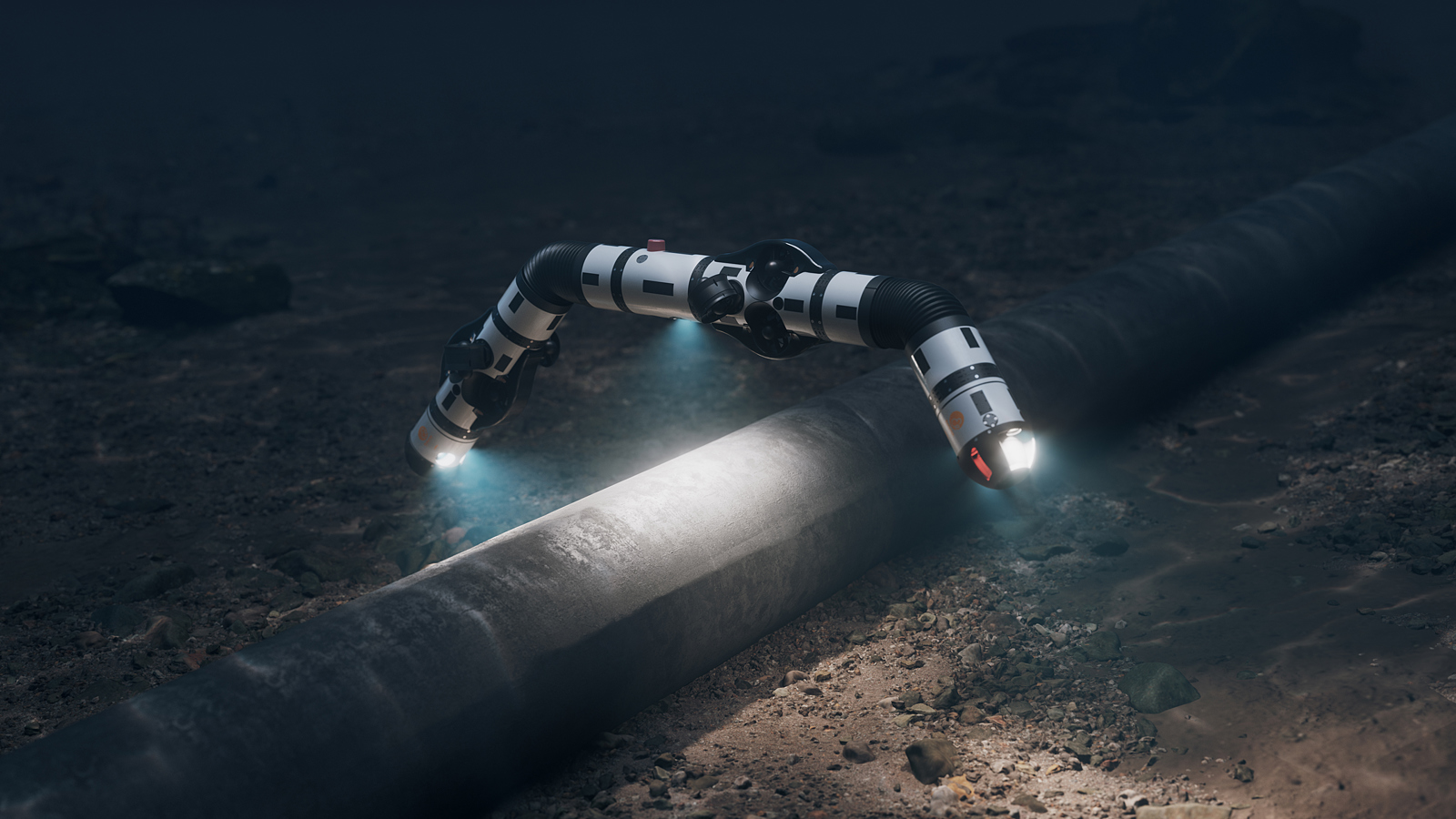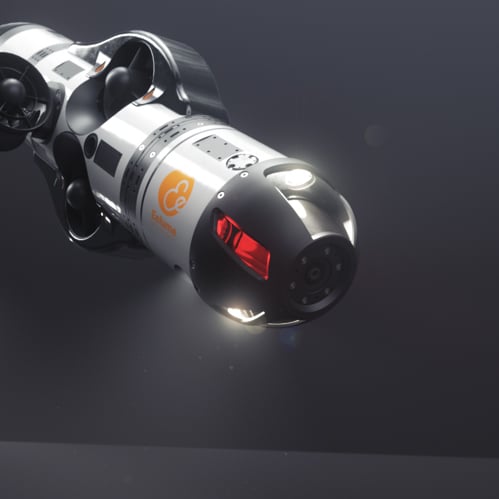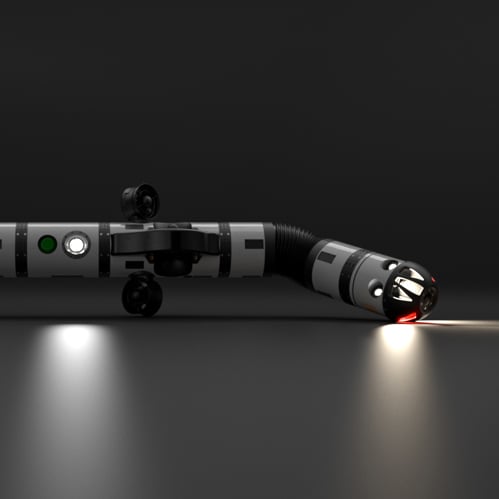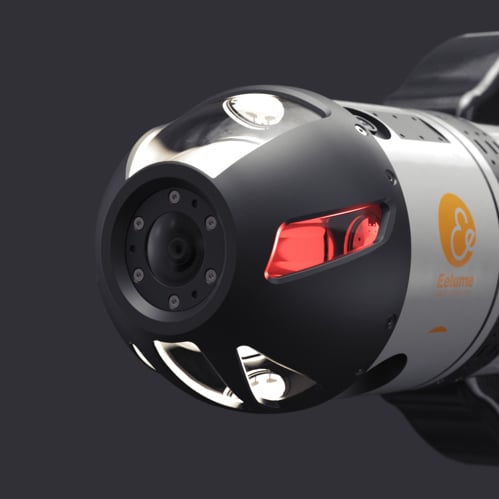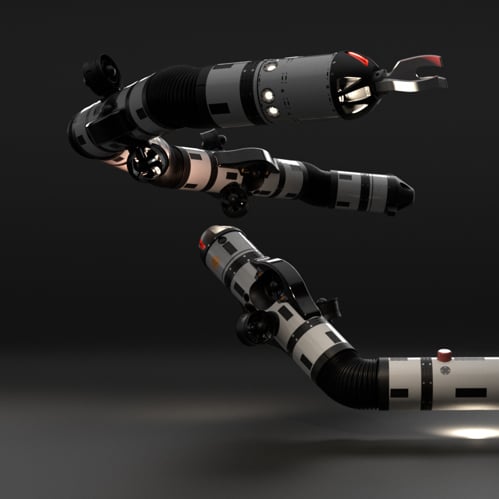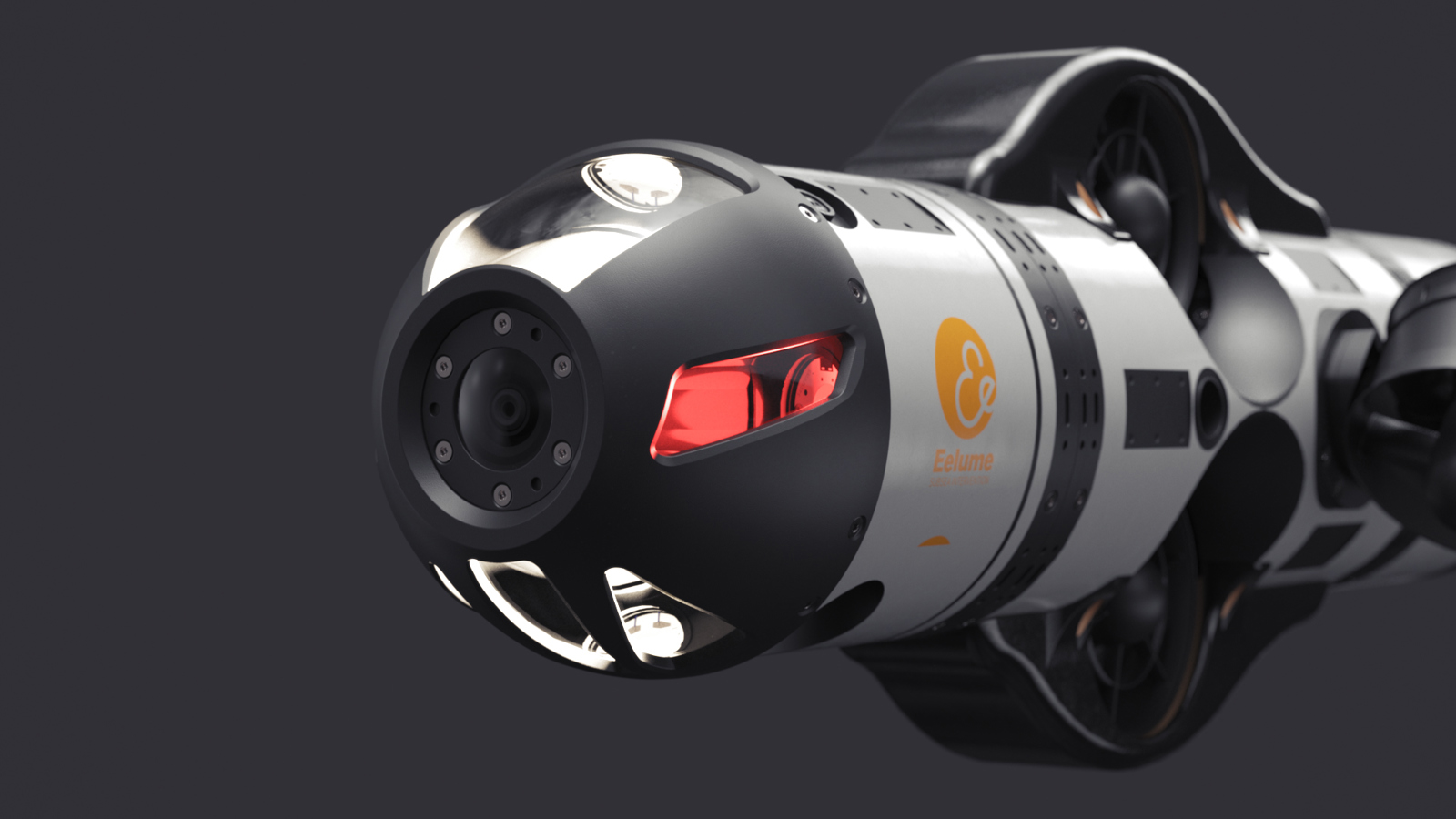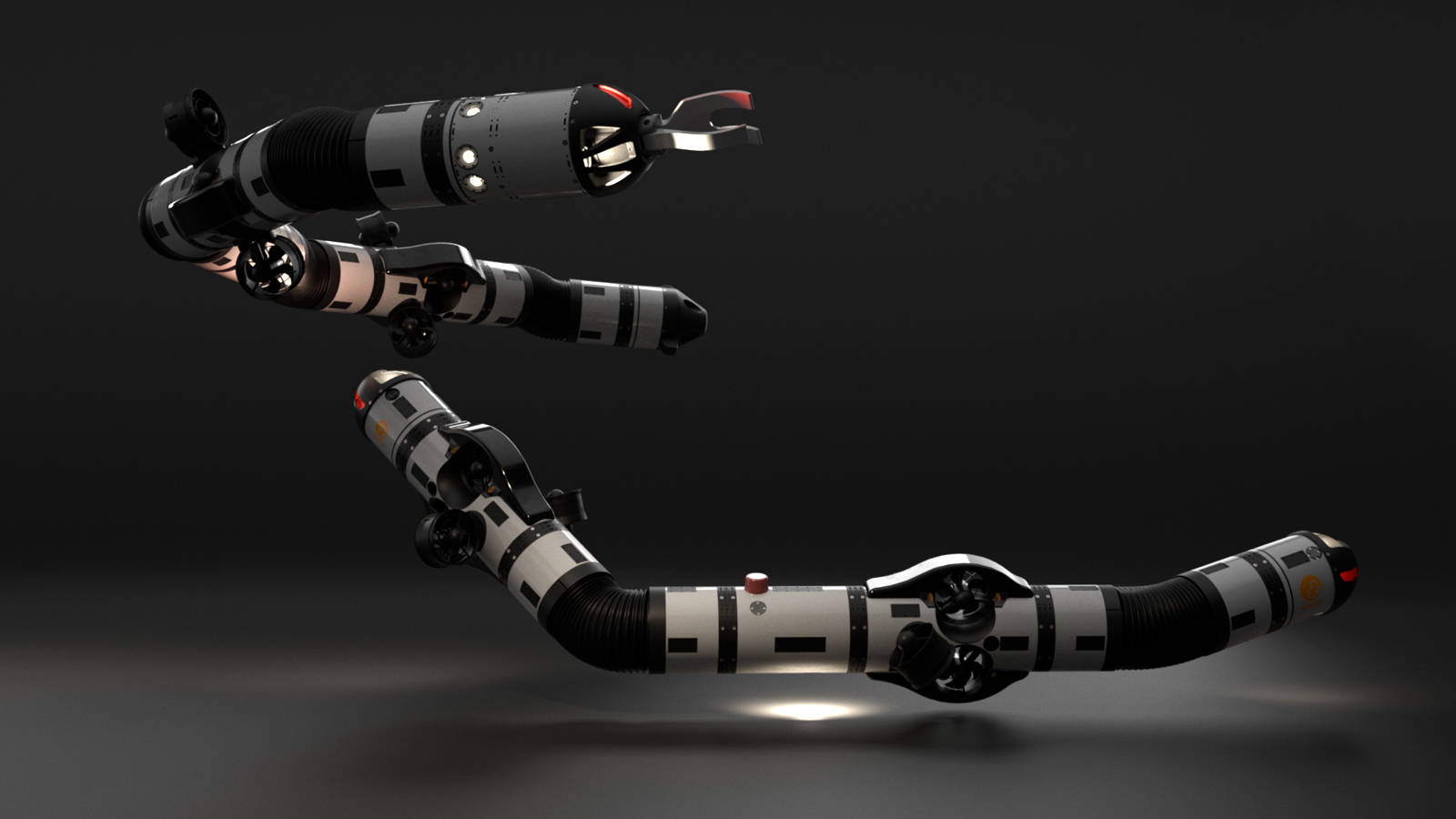Pål Atle Solheimsnes, Equinor’s Leading Advisor Subsea Intervention & Diving, explains why the company took this collaborative approach to the project: “We decided to take the lead with the development of an internationally agreed docking station because the use of resident autonomous drones to look after subsea assets has such great potential for our industry. The only way to get this done quickly and effectively is through collaboration; working together on one agreed standard for a docking station rather than everyone inventing their own systems. We’ve been very open with our ideas and this has paid off, as all the stakeholders want the rapid implementation of this technology.”
When asked about the potential to enhance sustainability within the company, Pål says that the benefits of this project supported all of Equinor’s strategic goals: “always safe, high value, low carbon”.
He says: “Having a full-time inspection, maintenance and intervention capability on the seabed means that we don’t have to put people at risk by deploying a vessel to get out to our field, particularly in bad weather. It also helps to reduce our costs and increases our production efficiency, which ticks our ‘high value’ box, and not having to get a ship out of dock at short notice cuts our carbon emissions as deploying a surface vessel to one of our fields can release the same CO2 emissions as 50,000 cars on the road.
“There are also other benefits of having resident onsite drones at our fields as it means that we can also deploy them with sensors to carry out other surveys to help us understand and protect the environment we are working in, that would otherwise be very costly to implement.”
